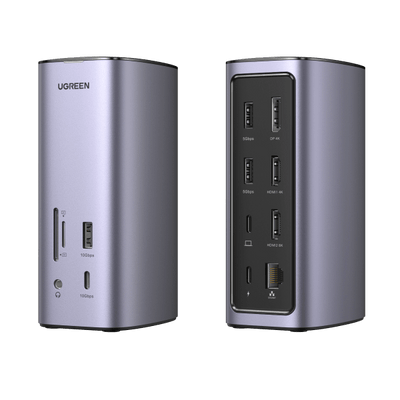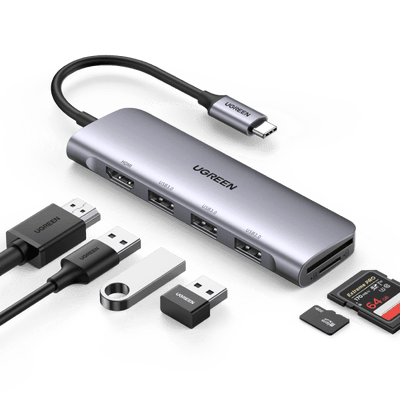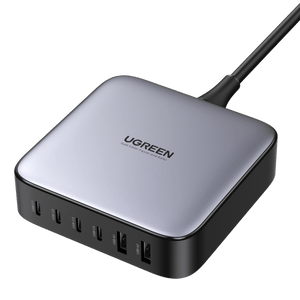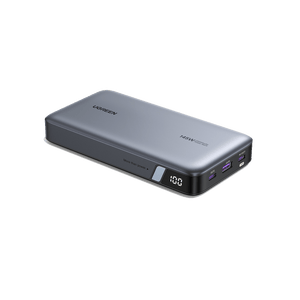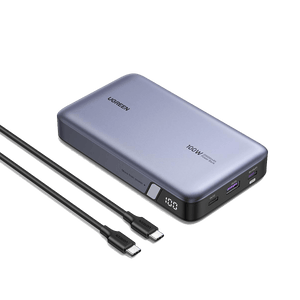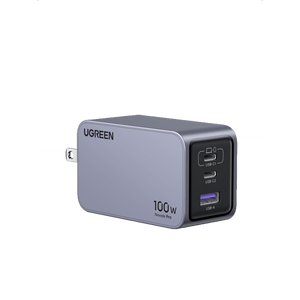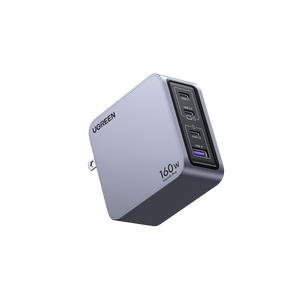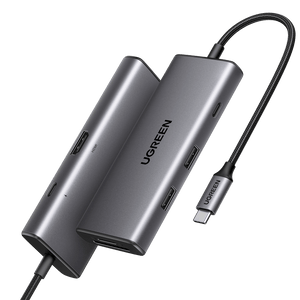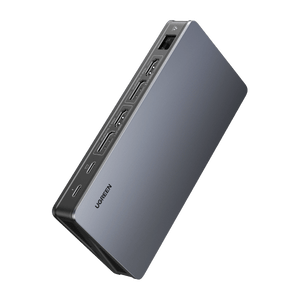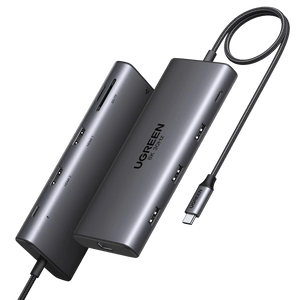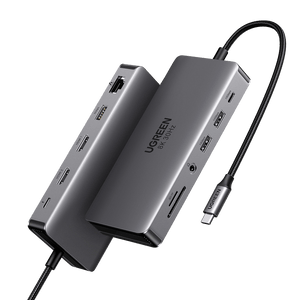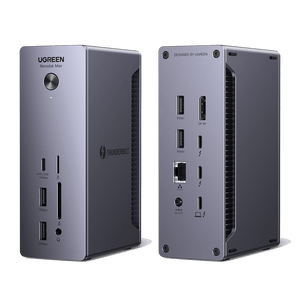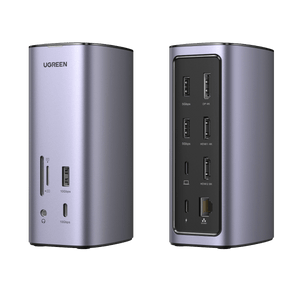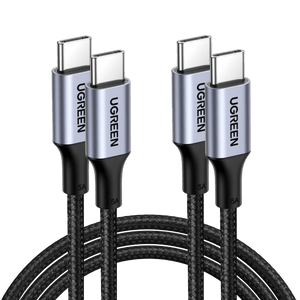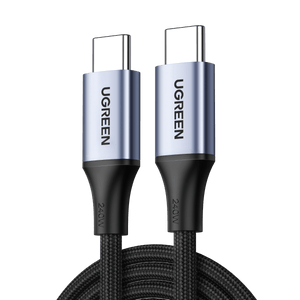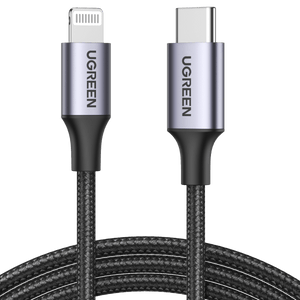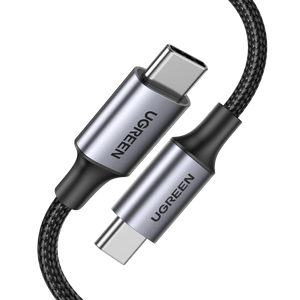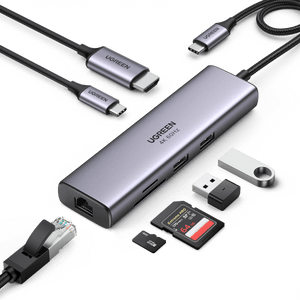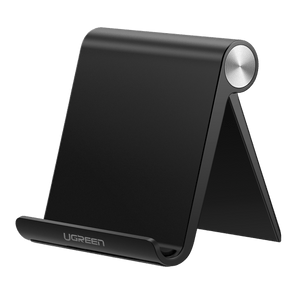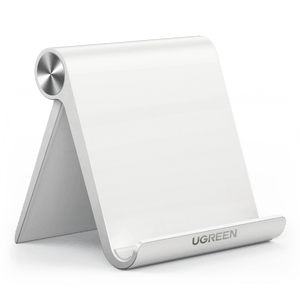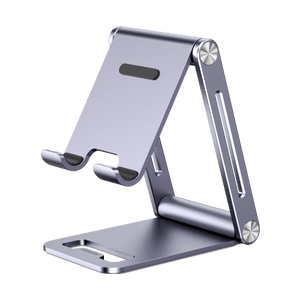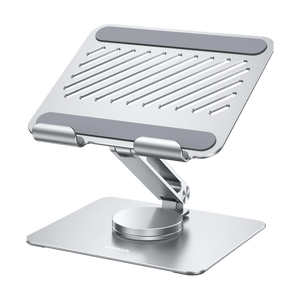Why Your USB-C Hub Gets Hot
If you’ve ever noticed your USB-C hub heating up, you might be wondering if it’s normal. The short answer? Yes, it’s pretty common for a USB-C hub to get warm, especially when it’s handling multiple devices or high-powered peripherals. However, knowing why it heats up and how to manage it can help you avoid potential issues. In this article, we’ll take a look at the reasons your hub might be getting hot, what’s considered normal, and how to keep things running cool and smooth.
Is it Normal for a USB-C Hub to Get Hot?
If you’ve noticed your USB-C hub getting warm after plugging in multiple devices, don’t panic—it’s normal for it to heat up under certain conditions. We’ve broken down the common reasons behind USB-C hub heat.
Data Transfer and Power Consumption
Every time you connect a new device to a USB-C hub, the hub’s internal circuits have to manage not only the data traffic but also provide power to these devices. Some devices require more power than others, and when your hub needs to distribute that power across multiple ports simultaneously, it generates heat. This is particularly true for high-power devices like external hard drives, monitors, or any peripherals that need charging. A hub must work harder to deliver power and maintain stable data speeds, causing a natural rise in temperature. much like how fast-charging can cause your phone to heat up during the charging process.

Multiple Devices and Bandwidth
Many USB-C hubs allow for multiple devices to be connected at once. Whether it’s a keyboard, mouse, printer, external storage, or a monitor, each device adds more load. The more data being transferred through the hub, the more power it requires, which inevitably produces heat. For example, if you’re using a hub to run multiple 4K monitors or transferring large files between external drives, the system has to manage heavy data streams, which can push the temperature up.
High-Resolution Video Output
Another key factor that affects the temperature of USB-C hubs is video output. If you’re using your hub to power high-resolution displays—especially 4K or 8K monitors—it demands more processing power. The hub is not only responsible for transferring data but also for maintaining a stable video feed, which consumes more resources and generates more heat. In these scenarios, the internal chips and circuits working to maintain these high-resolution outputs get hot quickly. Click to read more: What is 4k Streaming?
Internal Chipset Performance
The heart of any USB C hub is its chipset. This chipset manages all the data and power flows between devices and the host computer. Higher-performance chipsets capable of handling faster data transfer speeds or more powerful devices will inevitably generate more heat. If a hub is built with an efficient chipset that can handle these tasks with minimal power loss, the heat produced will be lower, but it still won’t be completely free from heating up under heavy use.
Environment
Lastly, the ambient environment plays a significant role in how hot your USB-C hub gets. If the room temperature is high or the hub is placed in a location with poor ventilation (e.g., near a heat source or in a small, enclosed space), the cooling process becomes less effective, and the hub may overheat. Devices like USB-C hubs need airflow to dissipate the heat efficiently. If this airflow is restricted, heat builds up.
Why Some USB-C Hubs May Overheat
Not all USB-C hubs are created equal, and some are more prone to overheating than others. For instance, many cheap USB-C hubs are made from plastic, a material with a poor thermal conductivity that doesn’t dissipate heat effectively. Plastic hubs are more likely to overheat, causing internal components to work harder and increasing the risk of failure.
Why You Should Buy an Aluminum USB-C Hub
If you’re concerned about overheating issues in USB-C hubs, investing in a well-engineered aluminum hub like the UGREEN 6-in-1 4K HDMI USB-C Hub is a smart choice.
{{UGPRODUCT}}
This hub combines robust heat management with a versatile set of features, making it an ideal solution for users looking for a reliable, high-performance hub. The UGREEN 6-in-1 hub is built with an aluminum body, which significantly improves heat dissipation compared to plastic alternatives. Aluminum efficiently spreads heat across the surface, ensuring that the hub remains cool even when handling multiple devices. This natural heat management reduces the risk of overheating, ensuring stable performance during extended use.
In addition to heat management, aluminum offers durability. The UGREEN 6-in-1 hub’s aluminum casing is sturdy and resistant to wear and tear. Unlike plastic hubs, which can warp or degrade over time, the aluminum body of this hub ensures long-lasting performance, even when exposed to higher temperatures. This makes it a reliable choice for everyday use, whether in an office, at home, or on the go.
You can find more detailed information regarding the UGREEN 6-in-1 4K HDMI USB-C Hub:
| Feature | Details |
|---|---|
| Quality Design and Build | Aluminum body for durable heat dissipation. |
| 4K HDMI Output | Supports 4K UHD, Full HD 1080p, or 3D video output, ideal for connecting to monitors, TVs, or projectors. |
| Fast Transfer Speeds | Provides 5 Gbps SuperSpeed data transfer through three USB 3.0 ports, ideal for fast file transfers. |
| Multiple Ports | Includes 1 HDMI, 3 USB 3.0 ports, and 2 card readers (SD/TF), allowing multiple devices to be connected at once. |
| Simultaneous Card Reading | Supports reading SD and TF cards simultaneously with speeds up to 104MB/s. |
| Compact and Portable | Compact, lightweight design makes it easy to carry and use on the go without adding bulk. |
| Plug and Play | No drivers needed; simply plug and play for instant functionality. |
| Aluminum Construction for Cooling | Aluminum casing helps with efficient heat dissipation, preventing overheating during extended use. |
| Wide Compatibility | Compatible with a variety of USB-C devices such as MacBook Pro, MacBook Air, iMac, Chromebook, Dell, HP, and more. |
| Multiple Use Cases | Ideal for home, office, and travel setups; stream videos, transfer data, and connect multiple devices simultaneously. |
Final Words
Your USB-C hub’s tendency to heat up isn’t necessarily a bad thing—it’s simply a sign of the hub working hard to manage all your devices. However, when the temperature spikes too high, it can signal underlying issues with the hub’s design or your usage pattern. If you’re seeking reliable performance and long-term durability, investing in a high-quality aluminum hub, such as those from UGREEN, can provide peace of mind and reduce the likelihood of heat-related issues.
FAQs
Is it normal for a USB-C hub to get hot while in use?
Yes, it is normal for a USB-C hub to get warm during use, especially when it is managing multiple high-power devices. However, excessive heating can indicate that the hub lacks sufficient cooling mechanisms or is under heavy load. Look for hubs made from materials that dissipate heat well, like aluminum, to help manage temperature more effectively.
What causes a USB-C hub to overheat?
Several factors can cause overheating in a USB-C hub:
- High power demands. When powering multiple devices or devices that require a lot of power (such as external monitors, laptops, or hard drives).
- Poor ventilation. Hubs with limited airflow or small, compact designs may trap heat.
- Inadequate material design: Plastic hubs, which have poor heat dissipation properties, are more prone to overheating compared to hubs with aluminum casings.
- Heavy data transfer. Large file transfers or high-resolution video outputs can stress the hub’s chipset, causing it to heat up.
Why should I choose an aluminum USB-C hub over a plastic one?
Aluminum hubs, like the UGREEN 6-in-1 4K HDMI USB-C Hub, are far superior for heat management. Aluminum naturally dissipates heat more effectively than plastic, reducing the risk of overheating and improving the lifespan of your hub and connected devices. In addition, aluminum hubs tend to be more durable, making them a better long-term investment.
Can using multiple high-resolution monitors cause my USB-C hub to overheat?
Yes, driving multiple high-resolution displays (such as 4K or 8K monitors) requires more processing power and more data bandwidth. This can put significant strain on the hub’s chipset, generating heat as it processes the video signal and transfers data. Ensure that your hub supports 4K HDMI output and has sufficient cooling mechanisms to handle such loads.
How can I know if my USB-C hub is overheating?
Signs that your USB-C hub is overheating include:
- Excessively hot surface. If the hub feels uncomfortably hot to the touch, it’s likely overheating.
- Performance throttling. Devices connected to the hub may experience slower data transfer speeds, or the video feed may stutter if the hub can’t maintain proper performance.
- Frequent disconnects. Devices may lose connection if the hub overheats and shuts down to protect its internal components.
Are there any USB-C hubs that handle multiple devices without overheating?
Yes, high-quality USB-C hubs, such as the UGREEN 6-in-1 4K HDMI USB-C Hub, are designed with features that help manage heat effectively, even when connecting multiple devices. These hubs often have an aluminum build, efficient power distribution, and adequate cooling features, making them capable of handling several devices simultaneously without overheating.
What’s the best way to keep my USB-C hub cool during long sessions?
To keep your USB-C hub cool, you should:
- Place it in a well-ventilated area away from heat sources like radiators or direct sunlight.
- Disconnect unused devices to reduce the load on the hub and minimize heat generation.
- Opt for a larger hub with more space for heat dissipation if you need to connect several power-hungry devices.
